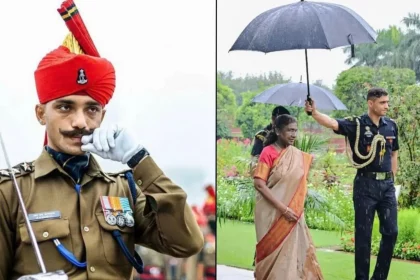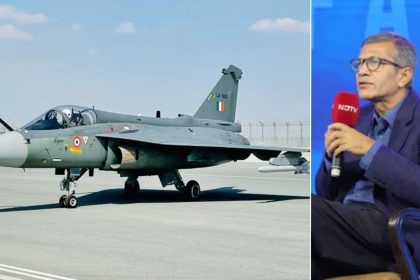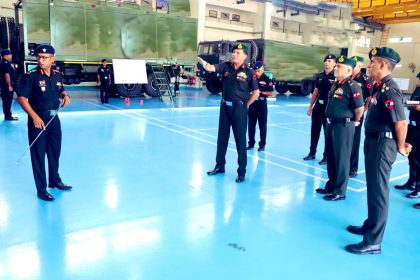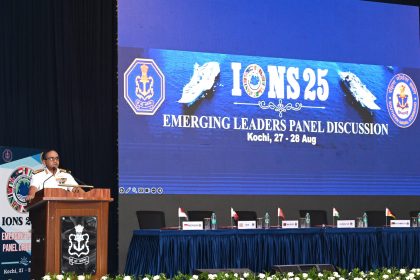Indian Army Southern Command Chief Reviews Black Mace Brigade in Jaisalmer, Highlights Modernization Drive
Lt Gen Dhiraj Seth underscores future-ready modernization as Southern Command reviews Black Mace Brigade in strategically vital Jaisalmer.
Meet Major Rishabh Singh Sambyal: 4 Para ‘Dagger’, President’s ADC and Viral Internet Sensation
President’s ADC Major Rishabh Singh Sambyal: Elite Soldier, Viral Sensation, and Symbol of Excellence.
Lt Gen Dhiraj Seth Reviews Konark Corps’ Operational Readiness in Jodhpur
Lt Gen Dhiraj Seth Assesses Desert Corps’ Modernization and Readiness Amid Evolving Security Challenges.
First Two Tejas Mark 1A Fighters Likely by September-End: Defence Secretary RK Singh
Defence Secretary RK Singh Confirms September Delivery for First Two Tejas Mark 1A Jets, Highlights Indigenous Defence Push and Lessons…
Indian Army’s Southern Command Highlights Elite Air Defence Unit’s Capabilities
Lt Gen Dhiraj Seth Reviews Atulya Abhra Regiment, Highlights Its Role in Operation Sindoor and India’s Air Defence Modernization.
Emerging Leaders Panel at IONS-2025 Concludes with Focus on Maritime Cooperation and Security
IONS-2025 Emerging Leaders Panel Concludes, Emphasizes Technological Partnerships, Training, and Regional Maritime Security.






